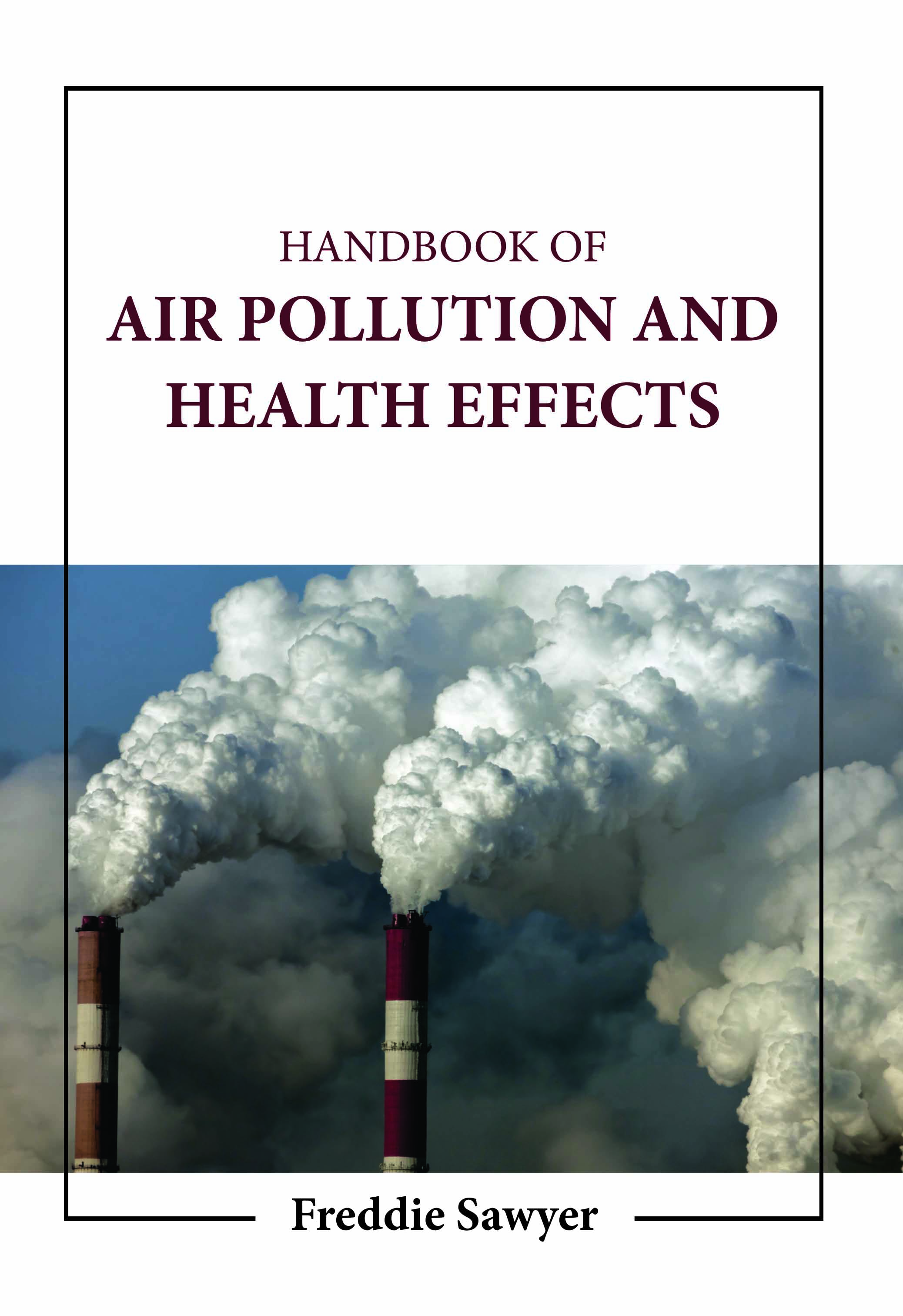
Handbook of Air Pollution and Health Effects
by Freddie Sawyer
| ISBN | 9781806244010 |
|---|---|
| Publisher | Digital Drive Learning |
| Copyright Year | 2026 |
| Price | $252.00 |

by Freddie Sawyer
| ISBN | 9781806244010 |
|---|---|
| Publisher | Digital Drive Learning |
| Copyright Year | 2026 |
| Price | $252.00 |
Although there are many different types of air pollution, they may all be thought of as gases and particles contaminating the earth's atmosphere. Sulfur dioxide (SO2), nitrogen oxides (NO2), ozone (O3), carbon monoxide (CO), volatile organic compounds (VOC), hydrogen sulfide (H2S), hydrogen fluoride (HF), and other gaseous forms of metals are examples of gases that might be considered pollutants. Large stationary sources, including smelters, industrial boilers, petroleum refineries, manufacturing facilities, fossil fuel-fired power plants, and regional and mobile sources, produce these pollutants. They can harm ecosystems and creatures, increase respiratory ailments, and limit visibility because they are corrosive to many materials. They also harm cultural resources. Plant damage from air pollution can be shown in several ways. Injury to foliage can manifest quickly as necrotic lesions (dead tissue), or it can take longer to occur and manifest as yellowing or chlorosis of the leaf. In addition, different parts of a plant may grow less quickly than usual. Plants can be completely destroyed. However, they typically don't die until they have sustained repeated traumas. Today's market is becoming increasingly reliant on meeting a variety of local environmental requirements, the demands of environmentally conscious consumers, and international voluntary environmental programs. With hundreds of billions of dollars spent on reducing harmful substances released into the environment and developing technologies to minimize or eliminate the production of hazardous waste, the industry has achieved enormous strides in its efforts to safeguard the environment. With the help of technological advancements and the actions of several industries, how they fulfill their environmental commitments is changing. The book provided information on a logical foundation for managing air quality and developing green belts in metropolitan areas.